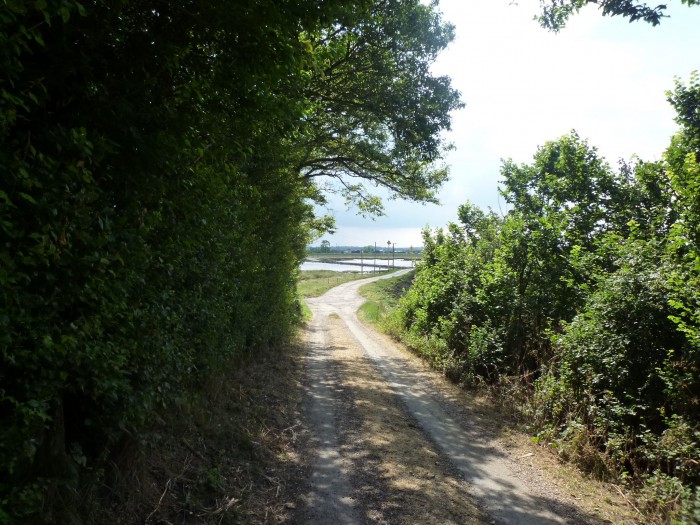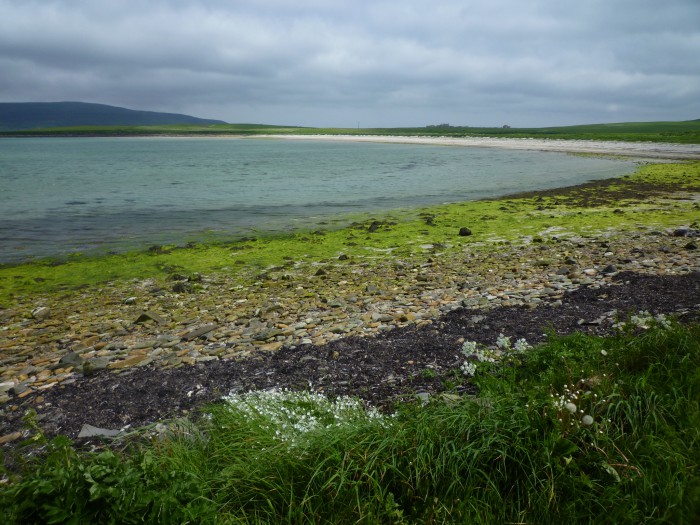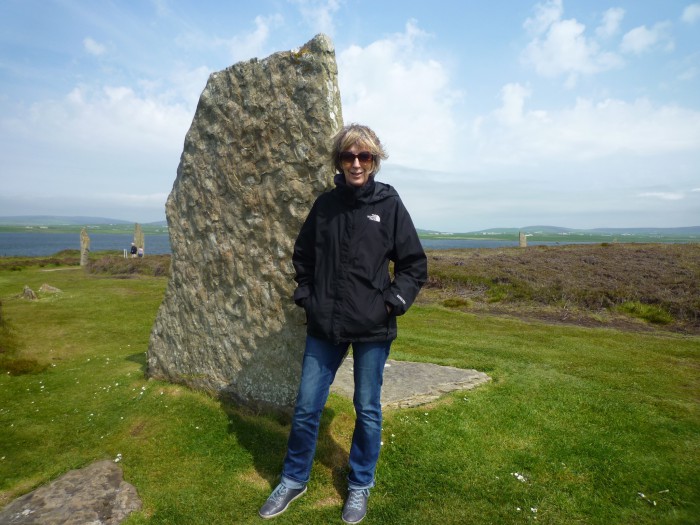Research trips for The Jeweller’s Wife
The story dictates the setting and the setting shapes the story. I knew long before I started to write The Turning Point that it must be set in the flat lands of Cambridgeshire, with its featureless landscapes and chill winds. One Last Dance required the brightness of sea and cove, but also the deep, secretive Devon coombe, a suitable background for Devlin’s great love and great folly, his house, Rosindell.
The Jeweller’s Wife is set in the Blackwater estuary in Essex. The peninsula of land between the Blackwater and Crouch rivers juts out to the east before dissolving into mudflats and shell beaches and the grey North Sea. The Blackwater is tidal, its mood and appearance constantly changing, dictated by the time of day, the time of year. My first trip to Maldon, in early spring, while I’m working out the plot of the novel, coincides with a high tide. Water slops over the harbour where the Thames barges are moored and we slodge along the footpath by the river bank, our boots sliding in deep mud. We’re making for Northey Island and its tidal causeway. I watch the salt water rush out through the channel to the North Sea at breakneck speed, carrying with it seabirds and scraps of rubbish. The causeway is revealed by the fast narrowing of the channel.

Northey Island is managed by the National Trust; access is by arrangement only. In the summer, I book a visit. My husband, who is my companion, driver and navigator on these expeditions, falls ill our first night in Maldon and we spend the next morning at the doctor’s surgery. These things happen. In the afternoon, we take our time, walking to the island. It’s fine and sunny and the estuary path isn’t muddy any more. As we cross the causeway to the island we feel as if we’re stepping into another world. White butterflies dance ahead of us as we make our way along the island’s only road to the island’s only house. We walk the encircling sea wall and I try to imagine what it would be like to live there in winter. You would feel your isolation, surely. You would listen for the tide coming in, rising and soaking the saltmarsh and wetting the foundations of the house.
Later that year, we travel to Orkney. I need another location, another causeway, one that contrasts with those of the grey-brown, low-lying Blackwater.
We leave Cambridge in the late afternoon to catch the Caledonian sleeper train from Euston to Inverness. In the lounge car, we eat haggis and tatties and oatcakes and cheese as the train rumbles north. The sky darkens and we head for our sleeping compartment. When we wake in the morning we look through the window and see mountains. We’re passing through Aviemore in the Highlands of Scotland. We leave the train at Inverness and drive north, through fields and over hills, to Scrabster in Caithness. We take the ferry to Stromness and leave the Scottish mainland behind us and sail through cold and choppy seas. We look out from the deck as we pass the Old Man of Hoy, a red-brown rock stack that rises out of the coast of the island of Hoy. The ferry docks in Stromness, a port in Mainland, the largest of the Orkney islands, and we drive between shallow hills and stretches of water to Kirkwall, our final destination.
We spend a week in Orkney, walking on white beaches and exploring Neolithic sites. It’s a magical place and I fall in love with it. It’s soaked in history, from the late Neolithic village by the sea at Skara Brae; to the museum at Stromness containing artefacts from the era when the Hudson Bay Company recruited Orcadians for their toughness and seafaring skills; to the memorial to the men and boys who died when the Royal Oak was sunk by a U-boat at Scapa Flow in 1939. Wild flowers sparkle in the grass as we walk round the great stone circle at the Ring of Brodgar. The colours of Orkney glitter, greys and whites and turquoises and greens.

I find my causeway on the far north-west tip of Mainland, at the Brough of Birsay. We check the timetables to coincide with low tide and cross the causeway to explore the island. The Brough of Birsay was once a Pictish stronghold but was later taken over by the Norse. It’s a fine, bright day but the wind tears at us as we climb the low swell of the island. Though it’s nominally summer, when, later, I looks back at my photos, I see that I’ve spent almost the entire week layered up in boots, jerseys, fleece and woollen hat.
Maybe I’ll set my next novel somewhere warm.
